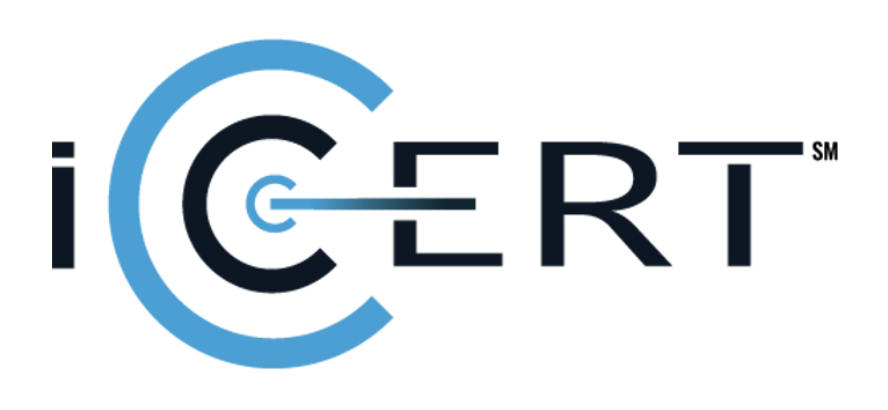In our previous post, we shared the Federal Communication Commission’s (FCC) new ruling that will expedite the implementation of next generation 9-1-1 services across the nation. We are thrilled to see leading industry organizations recognizing the importance of this nationwide push. We’re also praising the FCC for getting involved. More specifically, the Industry Council for Emergency Response Technologies (iCERT), who is an active member of the NG9-1-1 community, is supporting the FCC for their new ruling. Below, our NG9-1-1 experts briefly recap the FCC’s new ruling and what this means for the future of public safety. Additionally, as an iCERT-certified partner, our team will share more information on the iCERT organization and our partnership in general.
 Recapping FCC’s Major Step Toward NG9-1-1 Implementation Nationwide
Recapping FCC’s Major Step Toward NG9-1-1 Implementation NationwideThe FCC’s newly adopted rules set clear guidelines that will expedite the implementation of NG9-1-1 nationwide. These rules put responsibility on all service providers originating 9-1-1 calls. It also puts responsibility on the 9-1-1 authorities who receive and route these calls to the appropriate Public Safety Answering Points (PSAPs).
In the latest reports from the FCC, they share their plan to implement this new process in a two-phased approach. In phase one, the state 9-1-1 authority will require that an OSP deliver their 9-1-1 calls in SIP format. They will deliver this call to an in-state POI for said 9-1-1 authority. Where those POIs are going to live is yet to be decided, but brainstorming discussions have begun considering the options. They will either connect a single, national POIs or aggregators to each of the core services providers, or have in-state POIs everywhere. When the 9-1-1 authority submits that request to the OSP, they have six months to deliver those calls as just SIP calls. No location details will be required yet.
In phase two, the FCC states that OSPs have to comply within 12 months to all terms. They’ll also be required to deliver the SIP calls with properly formatted PIDF-LO. In other terms, with the location data. By establishing this new standard, the FCC is ensuring that the infrastructure supporting NG9-1-1 is prepared for seamless integration.
Both our Synergem Technologies team and iCERT, are excited to see how these changes will positively impact our communities. We’re also excited to see how it impacts emergency response in general. George Kelemen, Executive Director at iCERT, stated in their recent press release “Our nation’s emergency response systems are critical to the safety and security of our communities, and the transition to NG911 will ensure these systems benefit from new capabilities, improved interoperability, and greater system resilience.” Together, we’re making steps to a safer nation.

The Industry Council for Emergency Response Technologies, Inc. (iCERT) helps foster and promote policies in the public safety sphere. Founded in 2005, iCERT is the only trade association exclusively representing commercial enterprises and software providers in the field of critical communications and emergency response technologies. In this role, iCERT has been instrumental in bringing the voice of private sector manufacturers and software developers into the rollout of enhanced public safety systems around the country.
Synergem leads the nationwide upgrade to Next Generation 9-1-1, ensuring a seamless, efficient, and NENA i3-compliant transition. Our extensive experience in migrating legacy 9-1-1 systems to NG9-1-1. Coupling that with our innovative life-saving technologies, positions us as the trusted partner for PSAPs across the country. Our reliable, fault-tolerant infrastructure ensures that communities can rely on our end-to-end call-handling and network solutions. More specifically, they can rely on our services as they move forward in enhancing public safety with NG9-1-1.
Next generation 9-1-1 services significantly improve the delivery of emergency services. This upgrade to IP-based systems provides greater system resilience. It also provides improved communication between jurisdictions and the ability to adapt to new technologies. Synergem Technologies remains at the forefront of this evolution. We’re working hand-in-hand with iCERT and the FCC to ensure the most innovative and advanced solutions are available to our communities.
Stay tuned for more updates on how Synergem Technologies, and our industry partners, are working to bring NG9-1-1 services to your community.